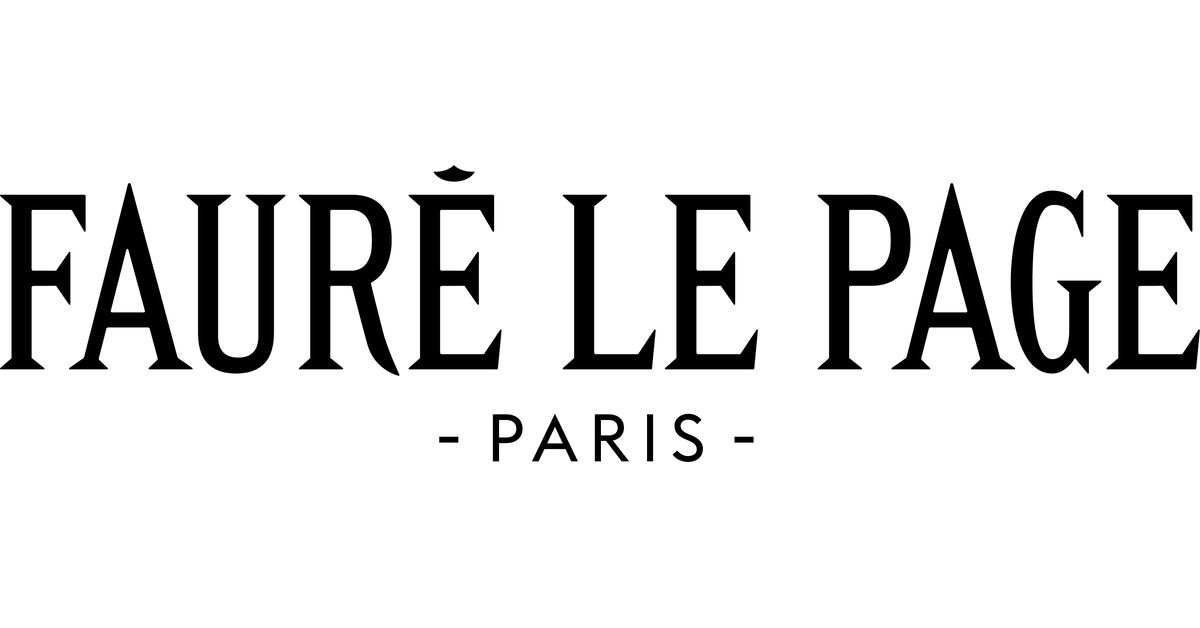5 jun 2024
Prejudiciële vragen merkenrecht: is een verkeerd vermeld oprichtingsjaar misleidend?

Cour de cassation 5 juni 2024, IEF 22219, IEFbe 3775; Case C-412/24 (Fauré Le Page Paris SAS tegen Goyard ST-Honoré SAS). Een merk is nietig als deze tot misleiding van het publiek kan leiden, bijvoorbeeld ten aanzien van de aard, herkomst of hoedanigheid van de waren of diensten waar het merk betrekking op heeft (art. 4 lid 1 sub g Merkenrichtlijn). Maar wat als de misleiding in plaats daarvan ziet op eigenschappen van de merkhouder? Deze vraag speelt zich af in de zaak tussen Goyard ST-Honoré SAS (hierna: Goyard) en Fauré Le Page Paris SAS (hierna: Fauré). Fauré richt zich op de productie en verkoop van onder andere leren koffers en tassen. Hoewel zij in 2009 is opgericht, staat het door haar gebruikte merk geregistreerd als 'Fauré Le Page Paris 1717'. Deze naam suggereert dat Fauré de werkzaamheden voortzet van Maison Fauré Le Page, een bedrijf dat tot aan 1992 vergelijkbare producten verkocht onder vrijwel dezelfde naam. Het feit dat dit niet daadwerkelijk het geval is, maakt het merk van Fauré volgens Goyard misleidend. De rechter geeft Goyard, na doorverwijzing naar de cassatierechter, gelijk. Zij oordeelt dat de misleidende aard van een merk niet alleen beperkt hoeft te zijn tot de betrokken waren of diensten. Ook de eigenschappen van de merkhouder, zoals het jaar van oprichting, kunnen een rol spelen. Dergelijke eigenschappen kunnen namelijk het koopgedrag van consumenten beïnvloeden, vooral in sectoren voor luxegoederen (consumenten hechten waarde aan ervaring). Fauré stelt dat de uitspraak in strijd is met de Emanuel uitspraak van het Europese Hof: daarin beperkt het Hof zich voor haar oordeel over misleiding wel degelijk tot de betrokken waren en diensten. Fauré gaat dan ook in cassatie; op aanbevelen van de Advocaat-Generaal dient de cassatierechter een aantal prejudiciële vragen in bij het Hof:
1. Must Article 3(1)(g) of Directive 2008/95/EC of 22 October 2008 to approximate the laws of the Member States relating to trade marks be interpreted as meaning that a reference to a fanciful date in a trade mark conveying false information on the age, reliability and know-how of the manufacturer of the goods and, consequently, on one of the intangible characteristics of those goods is sufficient to establish the existence of actual deceit or a sufficiently serious risk that the consumer will be deceived?
2. If the answer to the first question is in the negative, must that article be interpreted as meaning?
(a) that a trade mark may be regarded as deceptive where there is a likelihood that consumers of the goods and services designated by the trade mark will believe that the proprietor of that trade mark has been producing those goods for centuries, thereby conferring on them a prestigious image, whereas that is not the case?
(b) that, in order to establish the existence of actual deceit or a sufficiently serious risk that the consumer will be deceived, on which a finding that a trade mark is deceptive depends, the trade mark must constitute a sufficiently specific designation of potential characteristics of the goods and services for which it is registered, so that the targeted consumer is led to believe that the goods and services possess certain characteristics which they do not in fact possess?

























































































